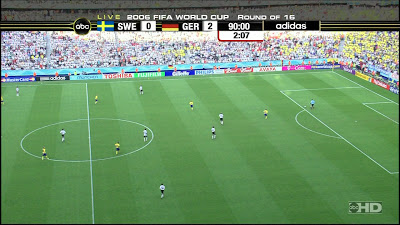Reading Response Week
of 10/1-10/3
Craig, Understanding
Augmented Reality (Chapter 4 – Augmented Reality Software) and
Costello, Multimedia Foundations (Chapter
13 – Time-Based Editing)
The
same goes for last week in regard to my thoughts on Craig’s chapter. Of course,
chapter four was informative and it’s great to have on hand the logistical
information covering AR software, but in terms of blogging there’s not too much
there. I was fascinated yet again, however, with Costello’s chapter on
time-based editing, as it took me back to practicing journalism in my
undergraduate days.
I
thought the best way to handle this week’s blog post would be to discuss the
concepts and terminology from the chapter and apply them to some video examples
of my own. I’ll be citing from the following three samples: 1) a series of
packages compiled while interning with the WTVR-TV CBS 6 Richmond, VA sports
department, 2) a package created while assisting Dr. Tharon Howard in the MATRF
during the 2012-2013 academic year, and 3) a package created for Dr. Cynthia
Haynes’ final composition project in Spring 2013.
I’ve
chosen these specific packages because they are all different in terms of what
program they were created/edited in and in the types of video characteristics
they showcase. The sports packages were edited using Apple’s Final Cut Pro; the
MATRF package, in Adobe Premiere; and, the composition package, in Apple’s
iMovie.
The
CBS 6 sports package features two stories, the SunTrust VA State Golf
Championship and a feature on Richmond Flying Squirrels standout player, Brandon
Belt. The packages contain many unscripted action and dialog elements, as
described by Costello in the reading. The VA State Golf championship story
includes sound bites from key golfers, voiceover (as read by myself) and b-roll
of the event. Prior to TV debut, I added supers (or titles) so that our viewers
knew who the folks were. The baseball story also features these elements, as
well as nat sound from the game noise and the fan chatter. Both of these
packages feature me, the reporter, on camera; I close the golf package (a
sign-off) and open the baseball story (a stand-up) on camera.
Both
the MATRF and composition project packages are less journalism-esque, as they
were produced for educational purposes. Both packages include background music.
As Costello writes, these audio assets were imported as uncompressed files and were
placed on different tracks during the editing process. In addition, these two
packages include titles in the lower third; these titles give information on
the person talking and his/her affiliation or relevance to the story. The MATRF
package features b-roll, while the composition project package does not.
The
viewer might notice my lack of transitions in these three packages. Costello
tells us why this is: “…you must use them with caution…sporadic and random use
of transitions will likely overwhelm the viewer’s senses, potentially causing
them to lose interest and disengage from the message” (412). Rather than incorporate
fancy, out-of-place transitions and effects, I used simple cut-ins, cutaways,
fades and dissolves to enhance the narrative continuity of each story (392).
I
cannot stress enough the importance of file organization and saving. Costello
highlights the issues of file size, storage and sharing capabilities, and I’ll
be the first to reiterate his thoughts here. In all my times editing, the worst
thing to happen is have files disappear or become accidently deleted. I’ve
learned that file organization in editing projects is key, not only to the
success of the end product but in the sanity of the creator as well.
I’m
familiar with time-based, non-linear editing, and I completely agree with
Costello’s closing thoughts in the chapter: “While you need to be able to use
your NLE effectively, don’t get too tied up in the software—if you don’t understand
basic editing concepts and theory, you won’t be able to communicate effectively…avoid
becoming too attached to a particular NLE” (413). While I favorite Apple’s
Final Cut Pro compared to Adobe Premiere and Avid (by a long shot), I’ve come to terms with learning how to work across
these platforms.
Sources:
Costello, V.
(2012). Time-based editing. Multimedia
foundations: Core concepts for digital design (383-413). Boston: Elsevier.
Craig, A. B.
(2013). Augmented reality software. Understanding
augmented reality: Concepts and applications (125-149). New York: Elsevier.
All video
content written, created and edited by Katie Mawyer.












